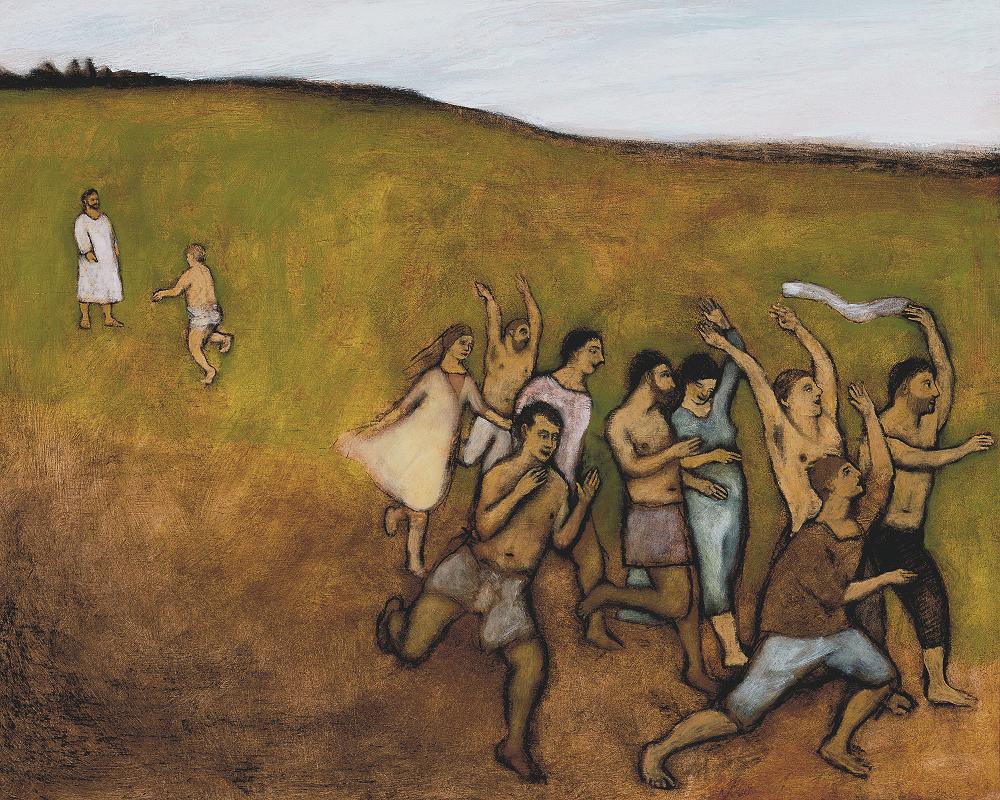
Beloved Members of St. Martin's,
On October 1, the church's calendar of saints recognized the feast day of St. Therese of Lisieux. As I was going about my prayers that day, I did some investigation into her life, and I found this tale of an encounter with the saint:
A man from Canada spent years traveling to Europe and doing a lot of work to promote the message of Therese, the Little Flower from France. And then, he wasn't given the credit; someone else was, instead. The saint herself appeared in a vision to the man much later, thanking him for his work. She told him, "Heaven is the essence of gratitude. As the vision prepared to depart, the man suddenly burst out, "Wait, wait, what do you do in heaven?" Therese replied, "In heaven, we love, we love, we love."
Our gospel for this week is about gratitude. Jesus hears the cries of ten lepers from a distance, and without specifically saying anything, tells them to go and show themselves to the priests, which one only did when they were free from the disease. As they travel toward the priests, their disease leaves them.
Ten lepers are cleansed of their disease, but only one comes back to thank Jesus. And that one was a Samaritan, at that-- someone who wasn't expected to appreciate Jesus at all, given that they followed a related but separate religion- yet who often seem to be the group of people most likely to engage with Jesus.
One in ten gives thanks, assuming a position of the utmost humility and reverence. As many of us enter the season for our parish's annual pledge campaigns, this makes me think of the biblical expectation that one was to give one tenth of their income to support the Temple and the priests. One in ten makes "Eucharist," or thanksgiving-- even as that delays his being declared healed by the authorities. The faith that guided the one who turned back was entwined with his gratitude; neither faith nor gratitude exist independently of the other.
This season is the season of stewardship because it is the season of harvest and ingathering. As the seasons make the natural world around us change its vesture from green to gold and red, we are visually reminded of the incredible beauty and life all around us. Of abundance. Of a time when partisans of either winter or summer can agree that the temperatures are darn-near perfect. We can see and experience these things, if only we take the time, as a sign of God's call us to give thanks for the outrageously generous and beautiful creation all around us. And as we become aware of the gifts we receive from God, we too are healed of the fears or anxieties that may close our hearts to the awareness of God's many mercies in our lives.
Therese described heaven as being a place where gratitude reveals itself in loving and treasuring the gifts we have been given by God's grace and mercy. What is something that you can give thanks for, that reminds you of God's grace, right now?

